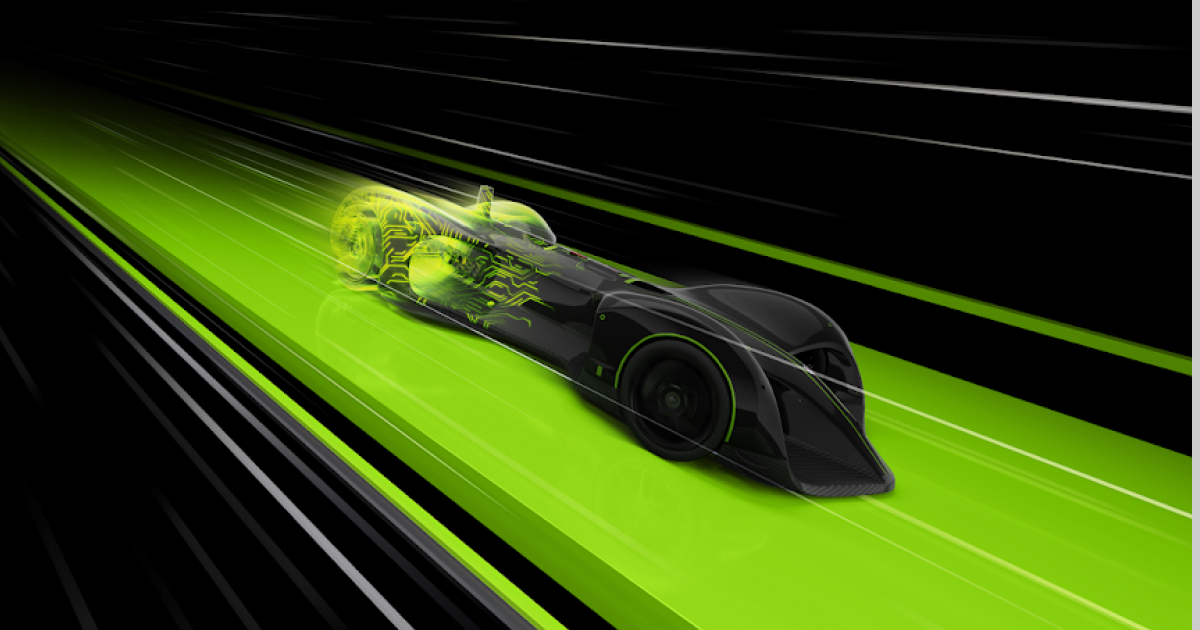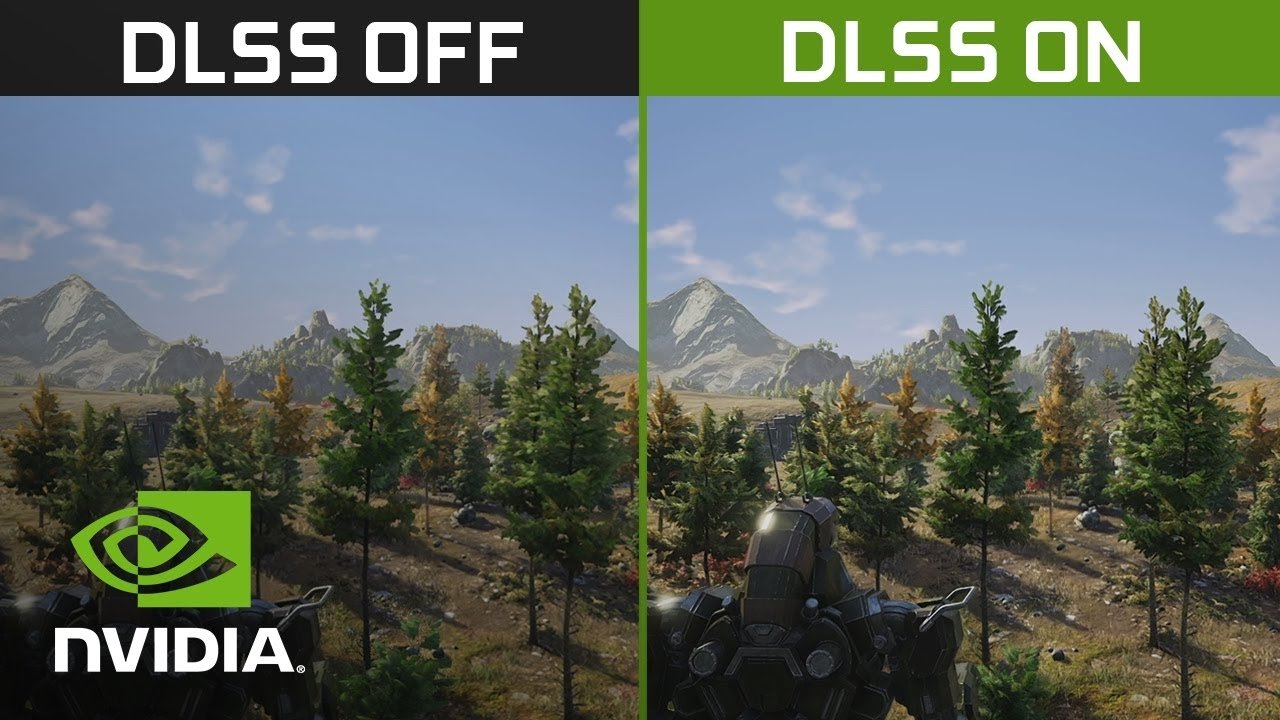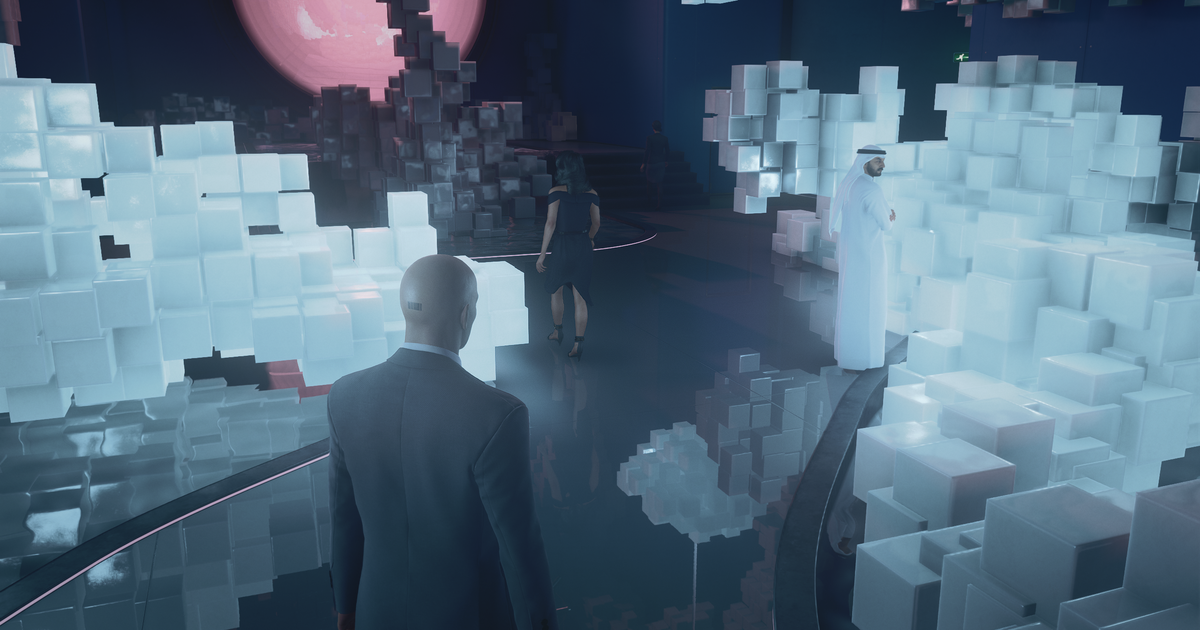There are some next-gen only games, and still none of the I/O advancements are seen in action. There aren't even any unique textures as seen inRage's Megatextures, it's all yet again copy-paste of the same textures. What you are missing in the whole equation is the stuff BEFORE the SSD - the Bluray Discs - they can contain only so much data, and bare in mind the discs don't need to duplicate the data, and we already see games reaching 100-150GB, so logically, next-gen games simply won't be able to store that much better or more unique textures, because the disc size didn't go up, it's still the same 100GB. Sure there will be more impact on the compression but that will just bump the textures quality to what we have been seeing on PCs in the past decade or so, instead of Medium-High consoles will be able to catch up with High-Ultra, as already proven in all the revealed games so far, where everything is so damn sharp and detailed (finally!). But like I said, all the I/O and SSD theories sound nice in theory, but in practice, where is the proof, where are the examples? Because we already saw something between 50-100 games that will be released in the next 2-3 years. If anything, RT is where the change is clear, you can see its impact from the very first second of a trailer/gameplay, this is what makes the next-gen games look next-gen.





